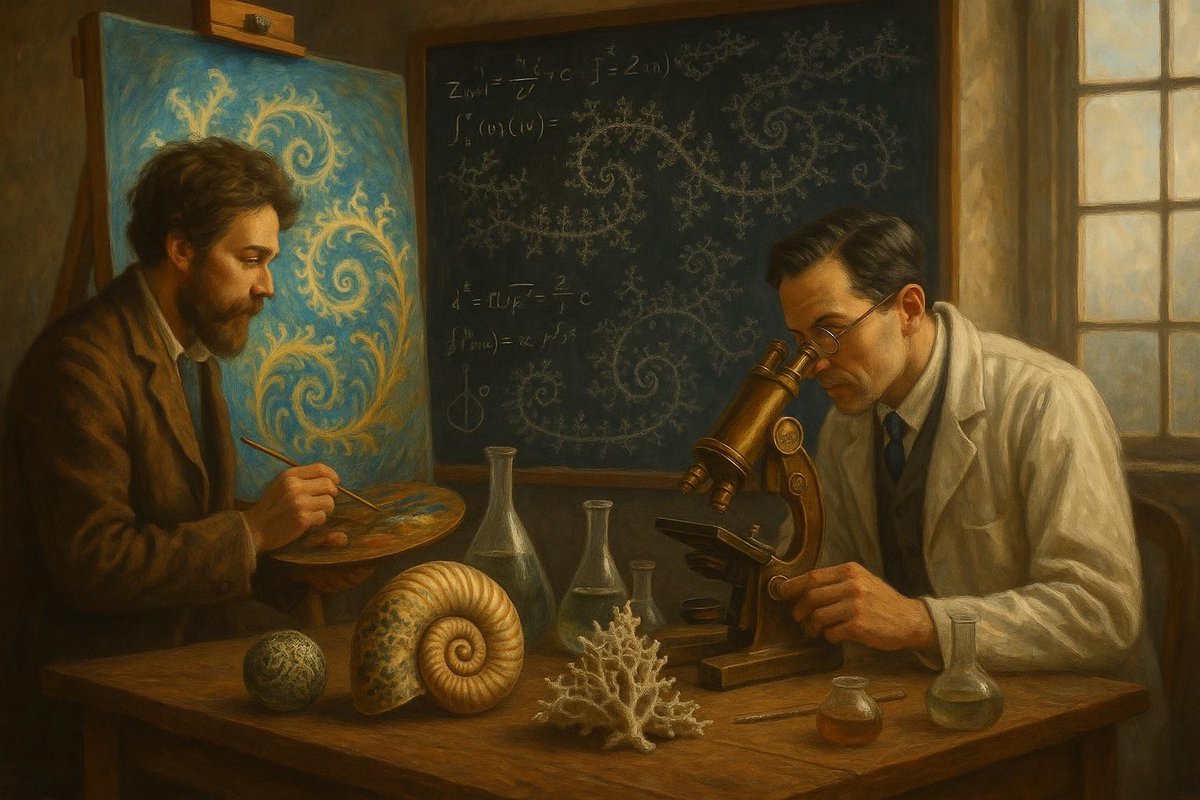
Fractals, those mesmerizing patterns that stretch across the canvas of art and the equations of science, offer a striking testament to the harmony that exists between structure and beauty. Interestingly, these intricate forms are not confined to galleries or laboratories alone. Instead, they ripple through different disciplines, bridging the gap between art, science, and philosophy.
Early Influences
The seeds of fractal theory were sown long before the term itself came into existence. In the early twentieth century, mathematicians like Benoît Mandelbrot began to notice recurring patterns in nature that defied traditional Euclidean geometry. Of course, these weren’t just idle observations. They were the start of a revolution in thinking.
- Mandelbrot’s fascination with natural patterns led to the development of fractal geometry.
- He drew inspiration from various natural phenomena, such as coastlines and mountain ranges.
- This concept hinted at a deeper connection between the chaotic and the ordered.
In an era where the world was rapidly industrializing, the juxtaposition of chaos and order resonated. Many people believed these patterns held the key to understanding complex systems, both natural and man-made.
Mental Models
The idea of fractals was more than just a mathematical curiosity; it became a mental model bridging disciplines. Mandelbrot’s work demonstrated that complex structures could arise from simple, repeated processes. But how did this idea seep into other fields?
- Artists began adopting fractal concepts to explore new creative expressions.
- Philosophers pondered the implications of fractals on reality and perception.
- Scientists used fractals to model phenomena in physics and biology.
This cross-pollination led to a rich tapestry of ideas, where the aesthetics of a fractal echoed in everything from Jackson Pollock’s paintings to the branching of trees. No wonder fractals gained a foothold in our collective imagination.
Challenges & Resilience
Of course, the road to acceptance was not without its bumps. Early proponents of fractals faced skepticism from traditionalists in both art and science. Many viewed these patterns as mere curiosities, lacking substance.
- Mandelbrot’s concepts challenged established norms in mathematical theory.
- Artists who embraced fractals often struggled against conventional artistic standards.
- Despite these challenges, the appeal of fractals continued to grow.
As time goes on, the resilience of those who championed fractals became apparent. They nurtured a vision of interconnectedness that defied the rigid boundaries of disciplines, paving the way for a more holistic understanding.
Legacy
Today, the legacy of fractals endures, a testament to the power of interdisciplinary thinking. These patterns are not just mathematical constructs or artistic motifs; they are symbols of a deeper truth about the universe.
- Fractals continue to inspire new generations of thinkers and creators.
- Their influence can be seen in digital art, architecture, and even music.
- They remind us of the beauty in complexity and the elegance of simplicity.
In a world increasingly characterized by specialization, fractals stand as a reminder of the interconnectedness of knowledge and the beauty that can emerge when disciplines converge.
Fuel Someone Else’s Curiosity
If you found the interplay of art, science, and philosophy in fractals intriguing, why not share this exploration with others? By sparking conversations and encouraging others to see the beauty in complexity, we can continue to expand the boundaries of understanding across disciplines. Let’s inspire a new wave of curiosity and discovery!

Leave a Reply